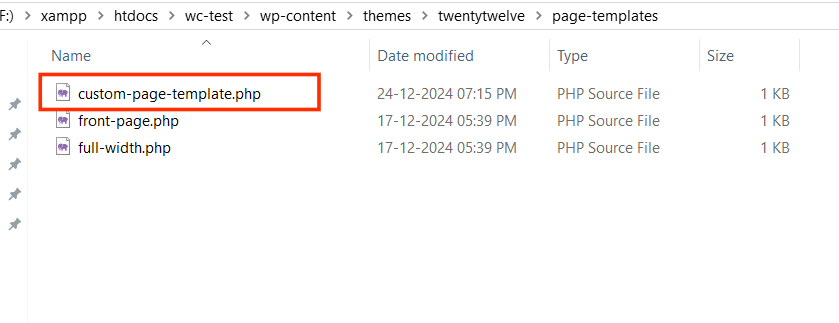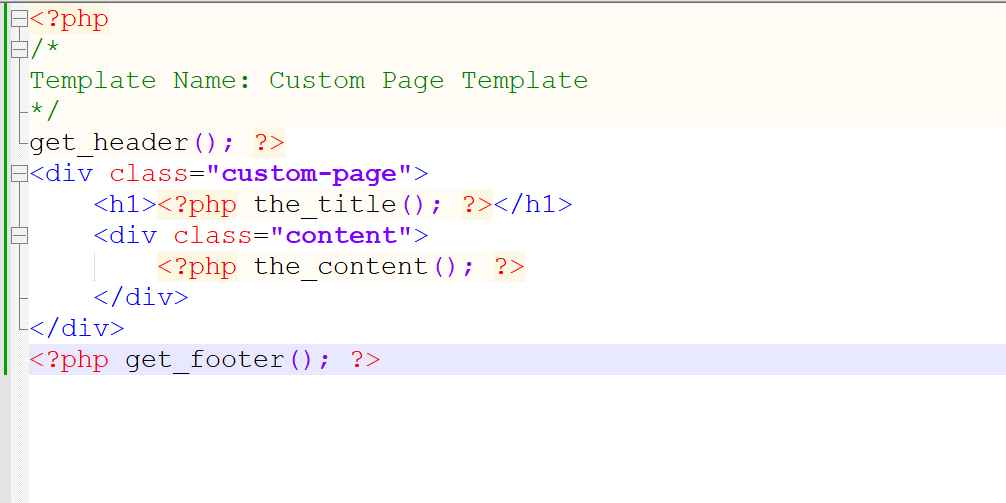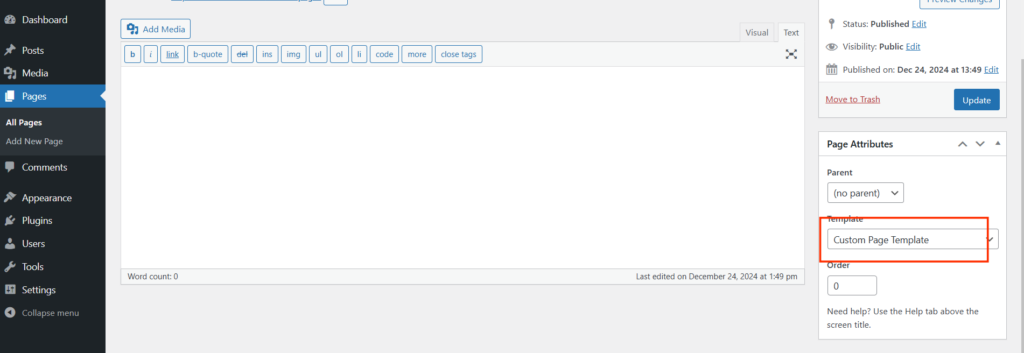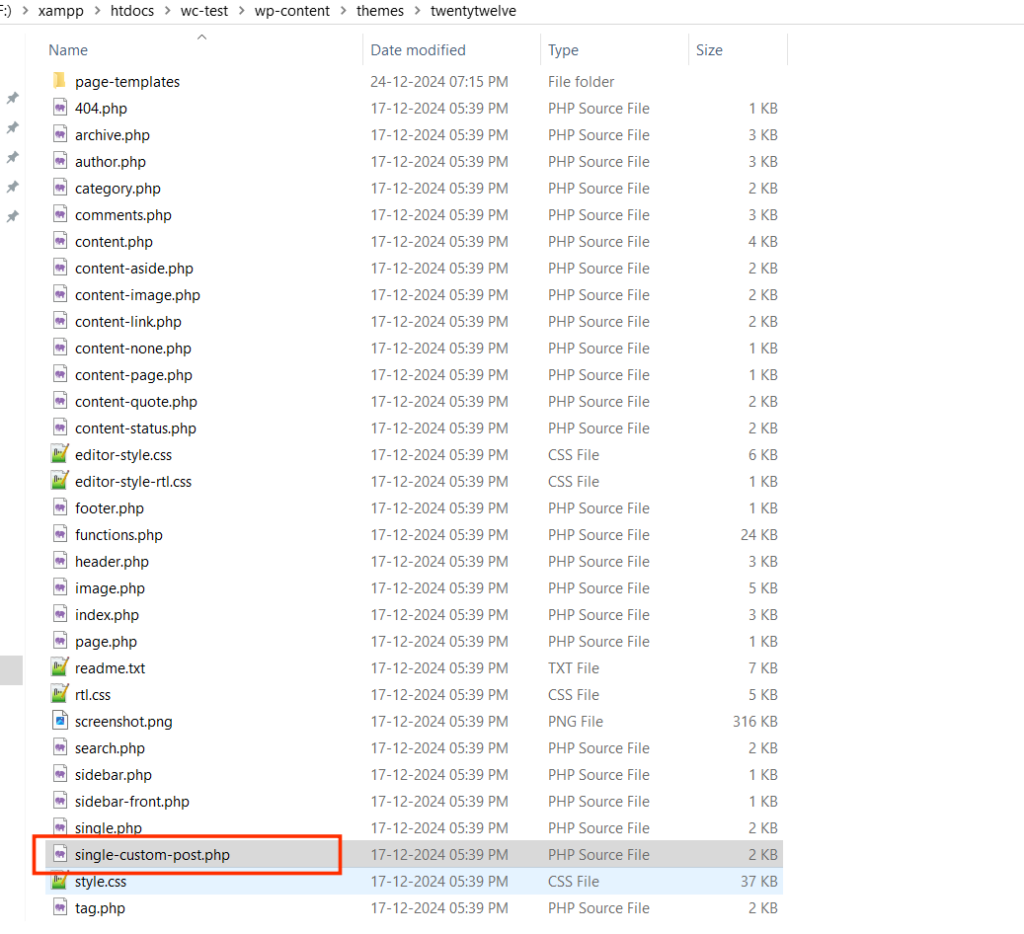Table of Contents Overview Ultimate Auction Pro Auctions Made Easy for WooCommerce Auctions for WooCommerce…
How to Create Custom WordPress Templates for Pages and Posts

Table of Contents
- What is a WordPress Template?
- Why Create Custom Templates in WordPress?
- Prerequisites Before Starting
- How to Create a Custom Page Template
- How to Create a Custom Post Template
- Applying Your Custom Templates
- Conclusion
- FAQs
Overview
Creating custom WordPress templates for pages and posts allows you to design unique layouts for specific content on your website. Whether you want a special landing page, a portfolio layout, or a blog post design, custom templates make it easy to achieve your vision.
1. What is a WordPress Template?
A WordPress template defines the structure and layout of your site’s content. Common template types include:
- Default Page Template: Standard layout for pages.
- Single Post Template: Design for blog posts.
Custom templates let you create tailored layouts beyond the defaults, offering more flexibility and creativity.
2. Why Create Custom Templates in WordPress?
Here are the key reasons for creating custom templates:
- Unique Design: Stand out with personalized layouts.
- Improved User Experience: Optimize navigation and readability.
- SEO Optimization: Tailor designs for search engines.
- Increased Flexibility: Build specific layouts for various purposes.
3. Prerequisites Before Starting
To get started, ensure you have the following:
- A functional WordPress website.
- A code editor (e.g., Visual Studio Code, Notepad++).
- FTP or File Manager access.
- Basic knowledge of HTML, CSS, and PHP.
4. How to Create a Custom Page Template
Follow these steps to create a custom page template:
Step 1: Create a New Template File
- Navigate to your theme directory:
wp-content/themes/your-theme/. - Create a file named
custom-page-template.php.

Step 2: Add Template Header
Add this code at the top of the file:
<?php
/*
Template Name: Custom Page Template
*/
get_header(); ?>
This tells WordPress that this file is a custom template.

Step 3: Add Page Content
Customize your page layout using HTML and PHP. Example:
<div class="custom-page">
<h1><?php the_title(); ?></h1>
<div class="content">
<?php the_content(); ?>
</div>
</div>
<?php get_footer(); ?>
Step 4: Save and Upload
Save the file and upload it to your theme folder.

Step 5: Assign the Template
- Go to Pages > Add New.
- In the right panel, select Custom Page Template under Page Attributes.
- Publish your page.
5. How to Create a Custom Post Template
Creating a custom post template follows a similar process but requires slightly different steps. need to add Template Post Type: post.

Step 1: Create a New File
- In your theme directory, create a file called
single-custom-post.php.

Step 2: Add Template Code
Copy the contents of single.php and customize it. Example:
<?php
/*
* Template Name: My Custom Post
* Template Post Type: post
*/
get_header(); ?>
<div class="custom-post">
<h1><?php the_title(); ?></h1>
<div class="content">
<?php the_content(); ?>
</div>
<div class="meta">
<p>Published on: <?php the_date(); ?></p>
</div>
</div>
<?php get_footer(); ?>
Step 3: Save and Apply

- Save the file and upload it to your theme folder.
- Use plugins like Custom Post Template to assign your template to specific posts.
6. Applying Your Custom Templates
- For Pages: Select the custom template under Page Attributes.
- For Posts: Use a plugin to assign the template to specific posts.
Note : You can create multiple custom templates for different pages and posts as needed.
7. Conclusion
By creating custom WordPress templates, you can:
- Build unique layouts tailored to your needs.
- Enhance user experience and SEO.
- Streamline your workflow with reusable templates.
Get started today to unlock the full potential of your WordPress website!
FAQ
What is a WordPress template?
WordPress template defines the layout and design of pages or posts on your site.
How to create a custom page template?
Create a new PHP file, add a template header (/* Template Name */), write custom HTML/PHP, and upload it to your theme folder.
Are templates reusable?
Yes, they can be applied to multiple pages or posts.
Can I use templates with any theme?
Templates are theme-specific and may need adjustments when switching themes.
What if I select the wrong template?
You can easily change it from the Page Attributes or plugin settings.







This Post Has 0 Comments